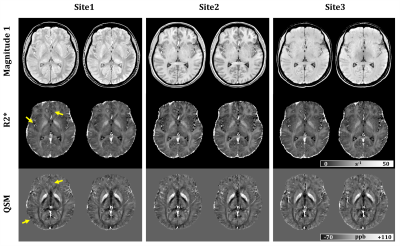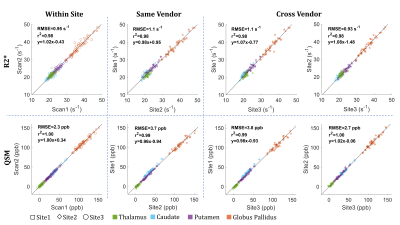Nashwan Naji1, M. Louis Lauzon2,3, Peter Seres1, Emily Stolz1, Richard Frayne2,3, Catherine Lebel4, Christian Beaulieu1, and Alan H. Wilman1
1Department of Biomedical Engineering, University of Alberta, Edmonton, AB, Canada, 2Departments of Radiology and Clinical Neurosciences, Hotchkiss Brain Institute, University of Calgary, Calgary, AB, Canada, 3Seaman Family MR Research Centre, Foothills Medical Centre, Calgary, AB, Canada, 4Department of Radiology, Alberta Children’s Hospital Research Institute and Hotchkiss Brain Institute, University of Calgary, Calgary, AB, Canada
1Department of Biomedical Engineering, University of Alberta, Edmonton, AB, Canada, 2Departments of Radiology and Clinical Neurosciences, Hotchkiss Brain Institute, University of Calgary, Calgary, AB, Canada, 3Seaman Family MR Research Centre, Foothills Medical Centre, Calgary, AB, Canada, 4Department of Radiology, Alberta Children’s Hospital Research Institute and Hotchkiss Brain Institute, University of Calgary, Calgary, AB, Canada
In 3T data collected across 3 sites and 2 scanner vendors acquired via
non-harmonized multi-echo gradient-echo sequences, R2* and QSM measurements in deep
grey matter were found reproducible, suggesting that multi-center studies are promising.


